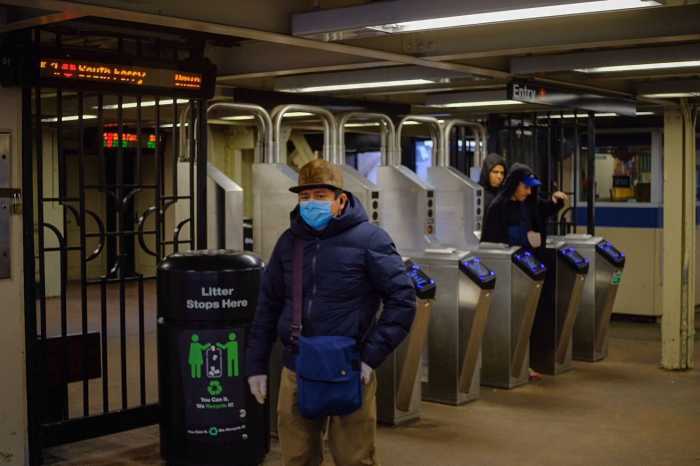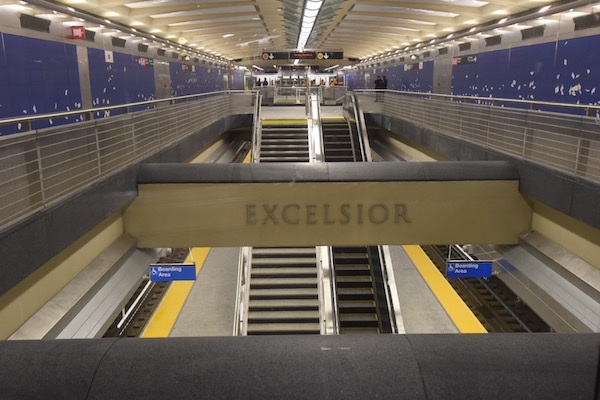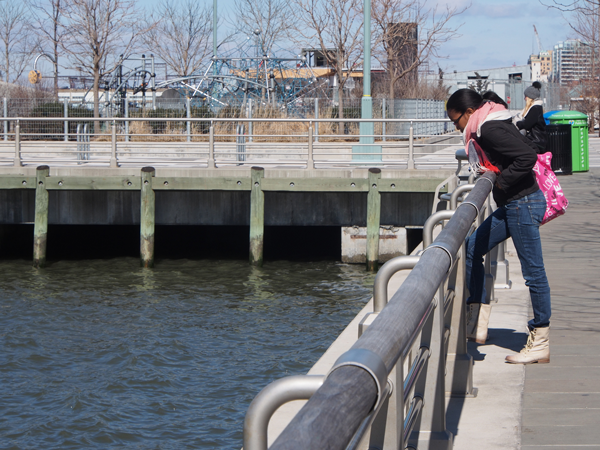A new study from the Regional Plan Association does not ask if New York City will recover, but how, and identifies the threats that will slow the comeback following the end of the COVID-19 pandemic.
One threat at the root of the study was declining social services and infrastructure due to a loss in tax revenue which could hamper the abilities of the New Yorkers to return to work as well as dispelling myths about the spread of the virus such as the concept of urban density being a factor.
“The New York region absorbed some of the worst impacts of the coronavirus, and is in one of the best positions to fight the pandemic and recover from this social and economic devastation,” Tom Wright, president of the Regional Plan Association said. “Our assets – unparalleled depth and diversity of talent, a broad mix of industries, strong transit and health care infrastructure, cultural capital, and yes, density — will enable New York City to remain a dynamic hub and a linchpin of the global economy. However, if our leaders don’t act fast to shore up our fiscal position and invest in those assets – our people and our infrastructure – then we will see long-term harm.”
with up to 50,000 deaths in the Tri-State area, the RPA says that 2 million lost jobs over the course of the pandemic with just 640,000 returning to work in recent months and that in the anticipation of a strong return, states should focus on upkeep of services such as public transportation, limiting evictions residential and commercial tenants, as well as a plan to keep a rise in crime to a minimum to maintain confidence in public safety efforts.
For the MTA, this could prove difficult.
Most of the pandemic has been spent by MTA doing damage control to their finances, asking the federal government for up $12 million to get through the end of 2021, and debt that could reach $50 billion by 2024 if $10 billion is borrowed.
Without salvation in the form of stimulus, the MTA has put service reductions of 40% and a $1 fare increase on the table.
The RPA recommended that states avoid propagating misconceptions that city dwellers should avoid mass transit, debunked as a vector for the spread of the illness as well as the notion that buying a house in the suburbs offers a higher level of safety than the city.
Part of the misconception that density is a contributing factor, according to the RPA, is that this was a quality unique to New York City in comparison to the rest of the country. But health experts have said density was not the problem, but the finding that the spread in the Tri-State area because less was known about COIVD-19 during the first wave.
Governor Andrew Cuomo has attributed it to an unfettered number of travelers from European countries stricken by the disease coming through New York City airports.
Read the full RPA report here.





























